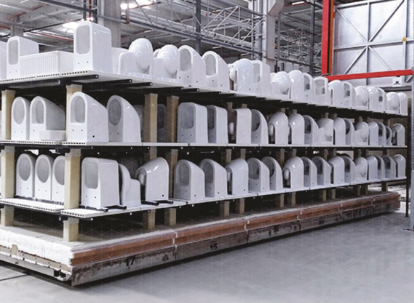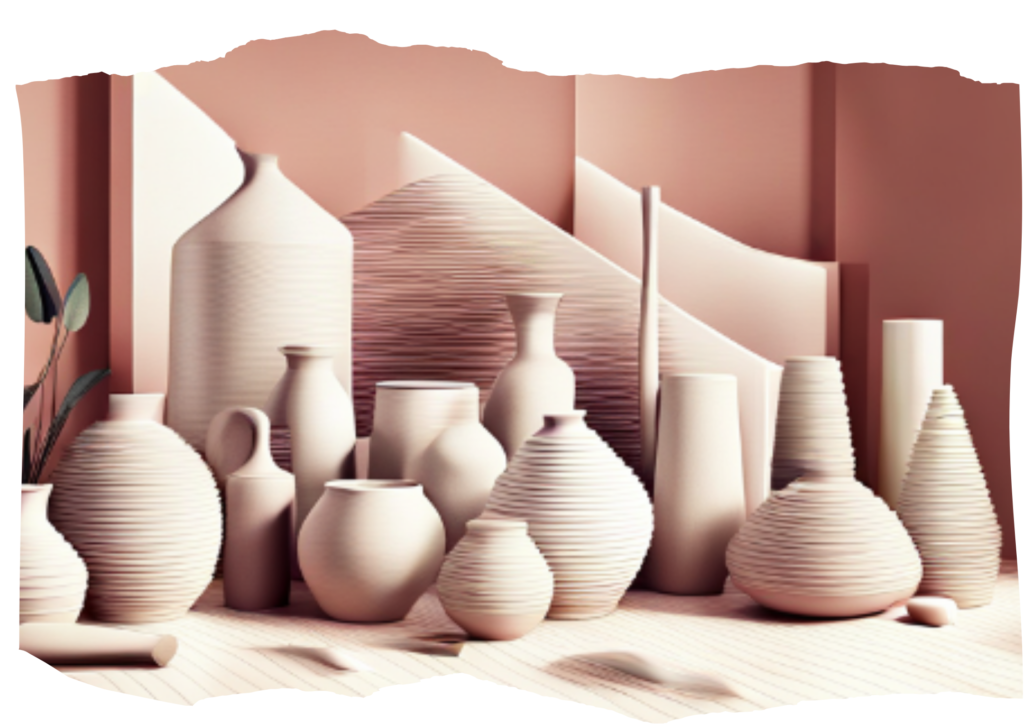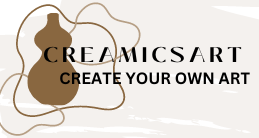But how is ceramic art formed?
Ceramic is a mixture of metallic and non-metallic compounds. Ceramics products are made at high temperatures. so that the ceramics product does not break easily.

Creamic showroom
People have used creams for centuries. Today, we can see ceramic material in almost every house. Which also looks quite beautiful. But it said that the more attractive something is to see, the more difficult it is to make.
TYPE OF CERAMIC
Several types of creamic are broadly classified in Traditional creamics. (like Pottery and Porcelain ) and Advanced creamic ( like engineering ceramics and refractories. )
Propertise of ceramic.

Creamic generally has excellent thermal and electrical insulation properties and high melting points. and are are often corrosion-resistant. They can be brittle, though some advanced ceramics are engineered to be tougher.
How do we manufacture and use ceramic.
Cremaics forms shaping and pressing throughs as we know. Casting and Extrusion should be kept in mind while preparing items. And follwed by sintering at high temperature. To get the strength and density of the creamic.
However, creamic is mostly used in various industries and everyday products. For their verstality, durability, heat resistance and make them invitable in many application. we also use creamic in structural application . Electronics ,Industrial Applications, Biomedical application, household and consumer goods and Automotive and aerospace.
Process of ceramic.
- Forming the clay:- creamic are formed by shaping the clay into the required shape.
- Firing:- after giving shape to the clay, ceramics are fired in kilns at high temperatures (usually between 1000°C to 2000°C depending on the type of clay and glaze) to harden and set the shape permanently.
Read more >>> TRADITIONAL METHOD
